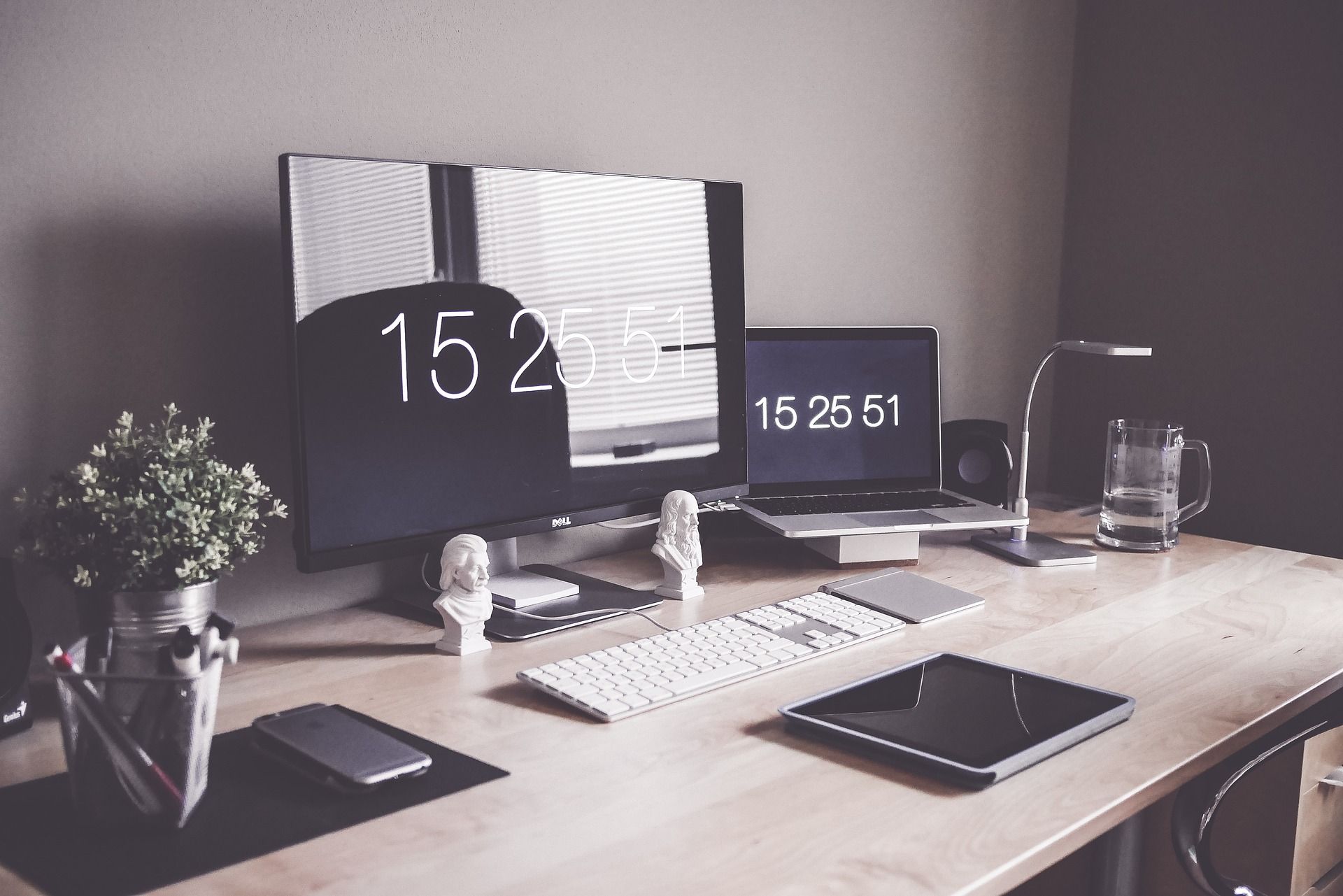Indistractable: How to Control Your Attention and Choose Your Life
If you are struggling with procrastination and feeling distracted at work or during study time, read on to find StudyStream’s summary of the book.

How to Control Your Attention and Choose Your Life by Nir Eyal is a book that depicts the psychological reasons you keep getting distracted and how life could be if you follow through on your intentions. A fantastic self-help book that explores the problem and how to fix it. If you are struggling with procrastination and feeling distracted at work or during study time, read on to find StudyStream’s summary of the book.
The four steps
The main idea of this book is learning how to become indistractable. There are four steps to achieving this, expanding your internal triggers, making more time for traction, eliminating external triggers, and making a pact with yourself to prevent distractions. Author, Nir Eyal says “Being indistractable means striving to do what you say you will do. For years you've been conditioned to expect instant gratification. The antidote to impulsiveness is forethought. Planning ahead ensures you will follow through. With these techniques, you'll learn exactly what to do from this day forth to control your attention and choose your life.”
Distraction starts from within
The first step is identifying the triggers that are leading you away from your goal. Distraction starts from within and you need to ensure moving forward that you are internally wanting to move forwards and not backward. Dealing with discomfort and observing the unproductive urges you have is part of the first step. Technology plays a big role in why we are prone to so many distractions. Giving up your digital gadgets is not the only way forward to help you stop procrastinating though because your brain will always invent other forms of distraction. You need to determine your triggers and if they lead you to distraction or traction. Distraction moves you away from your goal and traction pulls you towards it. We all have things that distract us. If you find yourself feeling bored at your desk and end up scrolling through your social media page, don’t feel bad, we all do it! The important thing is that you recognize it and assess how you can change it. One way of doing this is to record it every time you get distracted.
Make time for traction
To move forward, you need to make time to put these changes into action. Traction draws you towards the things you want in life and the best way to make more in your day is to spend more time on what is going to pull you forward. The best way to generate more traction in your calendar is to add it in. From spending time with family and friends to do professional development courses to giving yourself time to think, relax and reflect. You must dedicate your time to the things that are going to get you the life you want. Turn your values into time and sync your work and life calendars, so you get the balance right.
The key to seeing the difference between traction and distraction is planning. Keep to your schedule to ensure that you stay on track. Eyal talks about the concept of understanding your values and you should ask yourself, does my calendar reflect my values? If it doesn’t, something has to change. There are lots of technological and non-technological interventions mentioned in the book that can help you with this including effort packs and precommitments.
External triggers have to go
To become indistractable you must first remove the external triggers that are preventing you from gaining traction toward your goals. The way to prevent distraction is to ask yourself the following question when something has grabbed your attention, say “is this trigger serving me or am I serving it?” Give yourself full permission to ignore any unhelpful triggers and instead, focus on the things that will get you to where you need to be.
The first place you can begin with is your smartphone. They are usually the biggest distraction and it’s so simple to fix. Firstly, you can move any apps from the homepage on your phone that may awaken the mindless checking, turn off push notifications, and mute group chats. There are more external triggers to consider including the TV, maybe another computer screen, or even some non-technological triggers such as people and pets. Technology alone can’t be the only thing that’s blamed for distracting you.
Make a pact with yourself
The fourth and final step from the book explores the idea of creating pacts to prevent distractions. You need to make a precommitment, something that you agree upon with yourself that removes future opportunities for distraction. It is difficult to beat bad habits but if you want a life of traction rather than a distraction, you need to have a system in place that will keep the distractions at bay. Once you have dealt with the internal triggers, removed external triggers, and allocated time for traction, you are ready to make a pact with yourself.
There are three types of precommitments, those include the effort pack, the price pact, and the identity pact. The effort pack is about removing the chance for unwanted behaviors to occur. Use an application or software that blocks social media and fun sites when you are studying or working. The price pact adds a cost to being distracted and isn’t as effective as the former but it requires a lot of self-compassion to commit to it. Then there is the identity pact, which is primarily about self-image. When you align your behaviors to your identity, you will make decisions on who you believe you are.
Read more about how to control your attention and break bad habits in Indistractable: How to Control Your Attention and Choose Your Life by Nir Eyal now.
